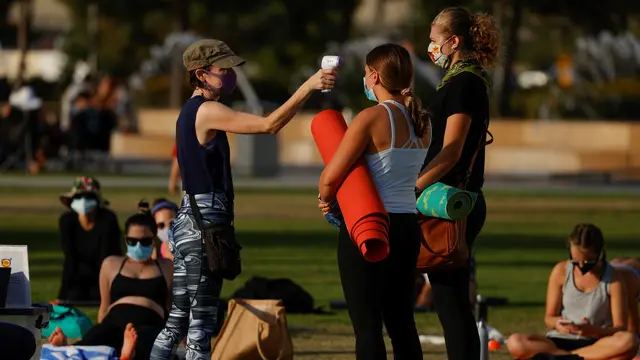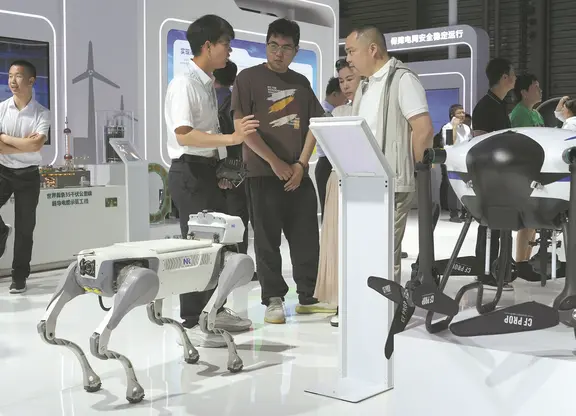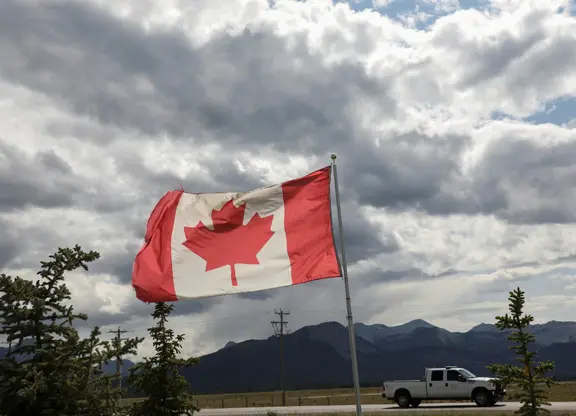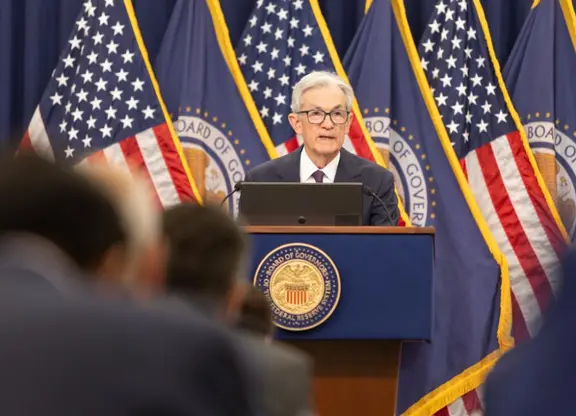
Schools across the U.S.have started to reopen for the fall semester despite the ongoingCOVID-19 pandemic.
The coronavirus pandemic has forced schools to take a number of precautions and move a lot of their education online.
At least 36 states have reported more than 8,700 confirmed cases at universities and colleges.
By Tuesday afternoon, Johns Hopkins University reported more than six million confirmed cases in all nationwide and deaths topping 184,000.
New York CityMayor Bill de Blasioannounced Tuesday that the start date for public K-12 schools will be delayed amid the threat of a teacher strike over coronavirus preparations.
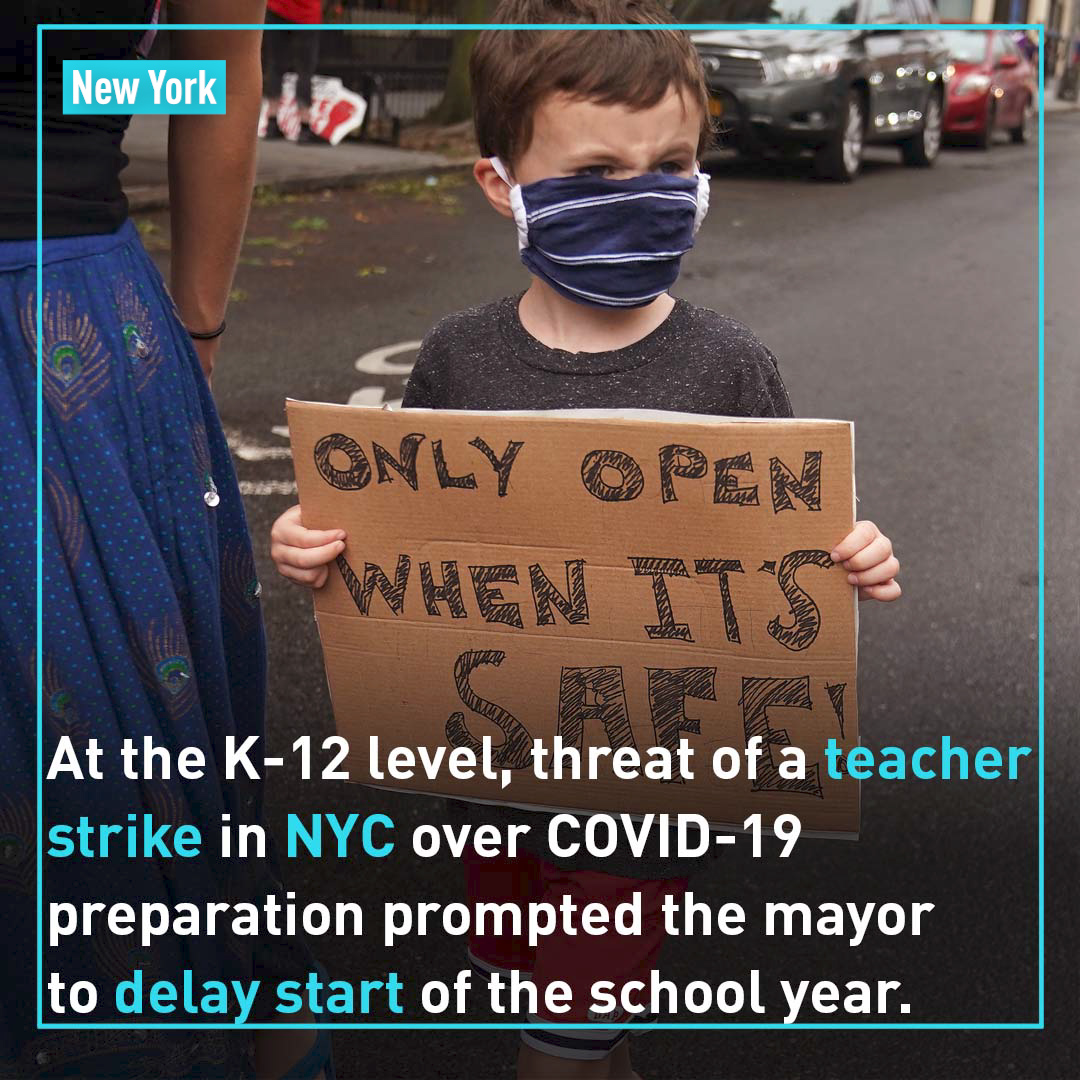
A blended program of in-person and remote classes was supposed to begin Sept. 10. Remote learning will now begin Sept. 16 while in-person instruction for city students will begin Sept. 21, allowing teachers more time to get ready.
Meanwhile, the State University of New York Oneonta announced this weekend it was shutting down in-person classes for two weeks in response to a COVID-19 outbreak.
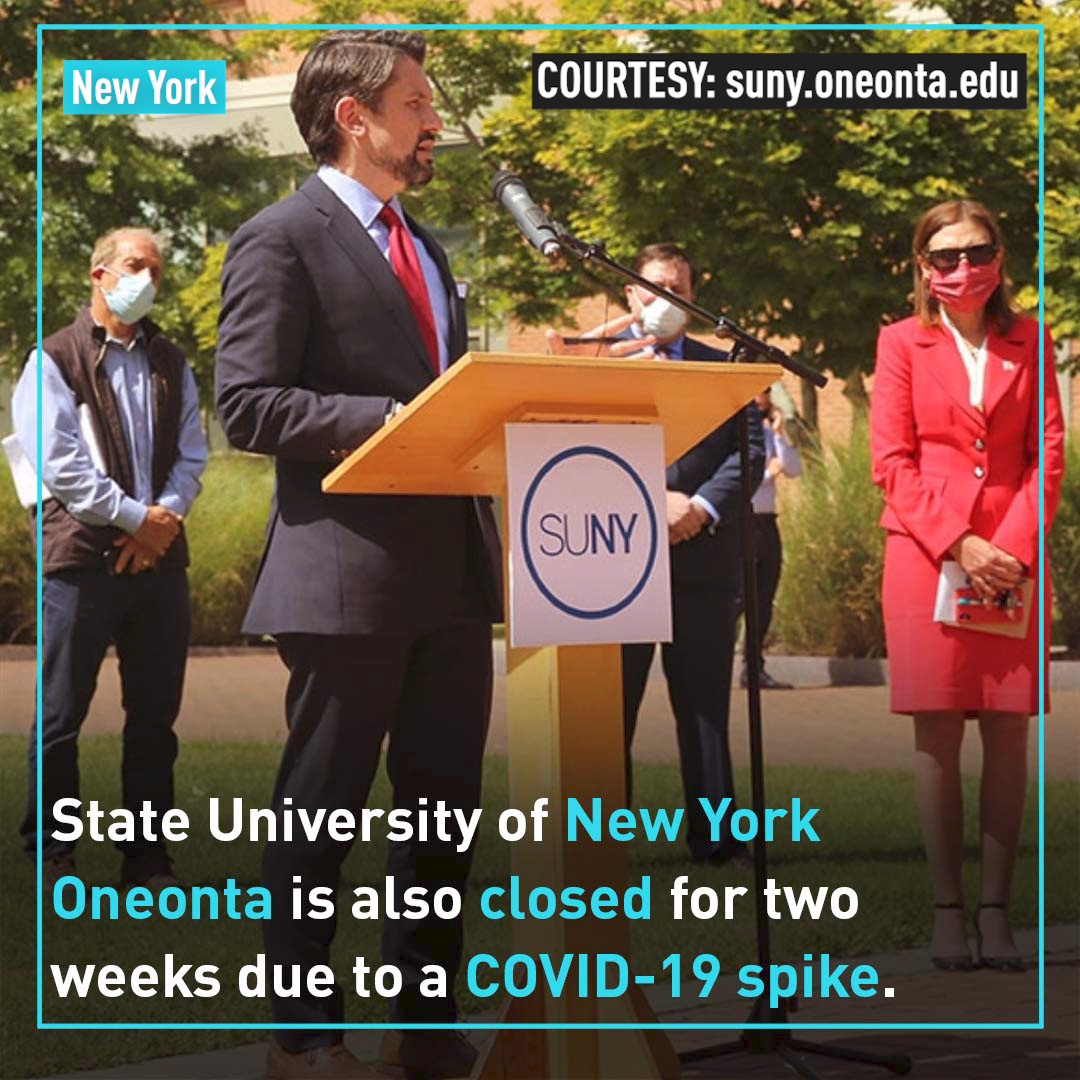
This, as Governor Andrew Cuomo deployed a medical SWAT team to the central New York campus, including 71 contact tracers and eight case investigators, to help contain the surge.
At the University of Alabama, more than 1,000 students have tested positive for the coronavirus since classes began Aug. 19. While students have the option to switch to online classes, the university said it's seen no evidence of virus spread due to in-person instruction and has no plans to alter its operations.
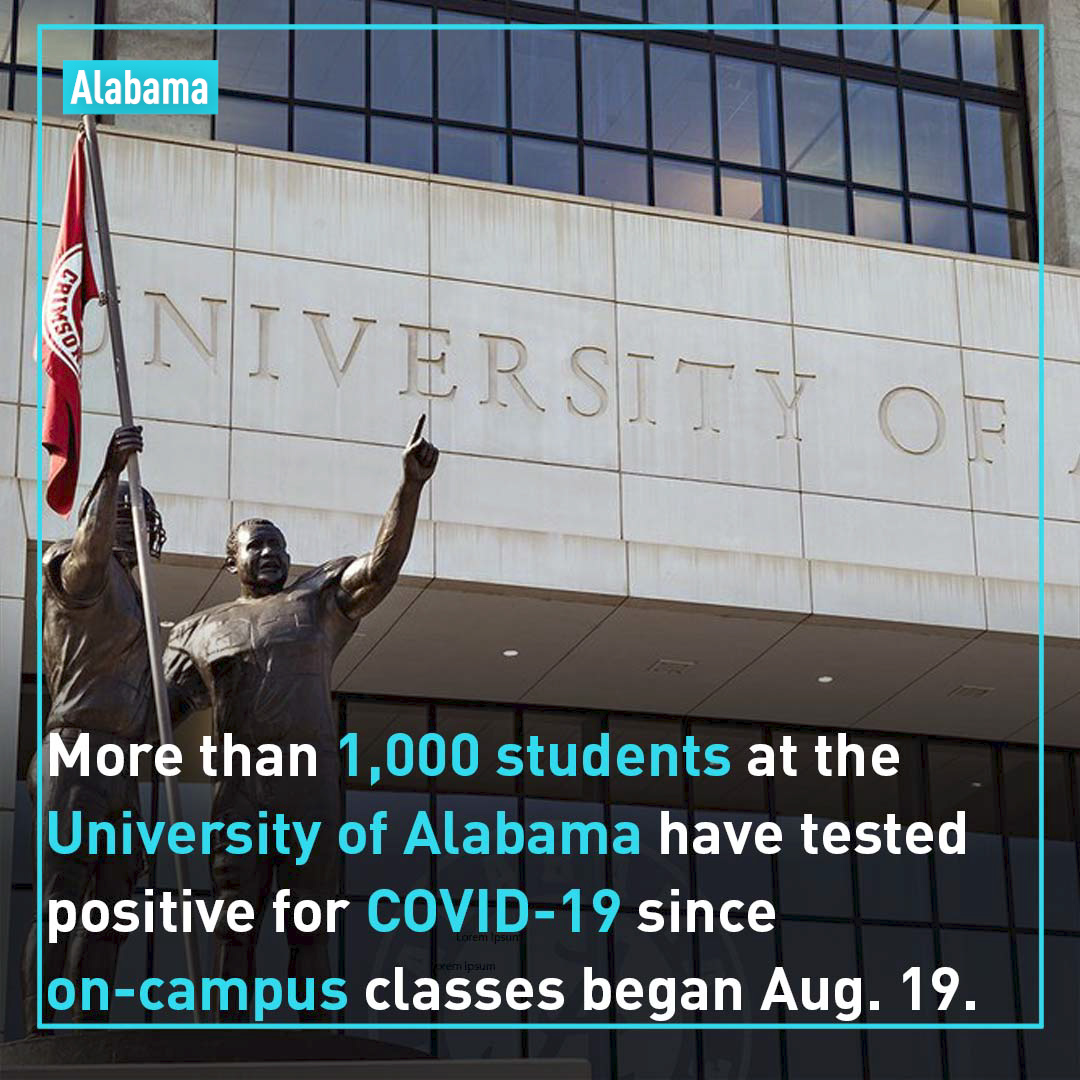
Temple University in Philadelphia, Pennsylvania, announced Sunday that in-person classes will be suspended for two weeks after 103 cases of COVID-19 were identified on campus over the past two weeks. "I don't see a lot of distancing, but we're trying to wear masks," said Bella Alba, a sophomore at Temple, quote by local media.
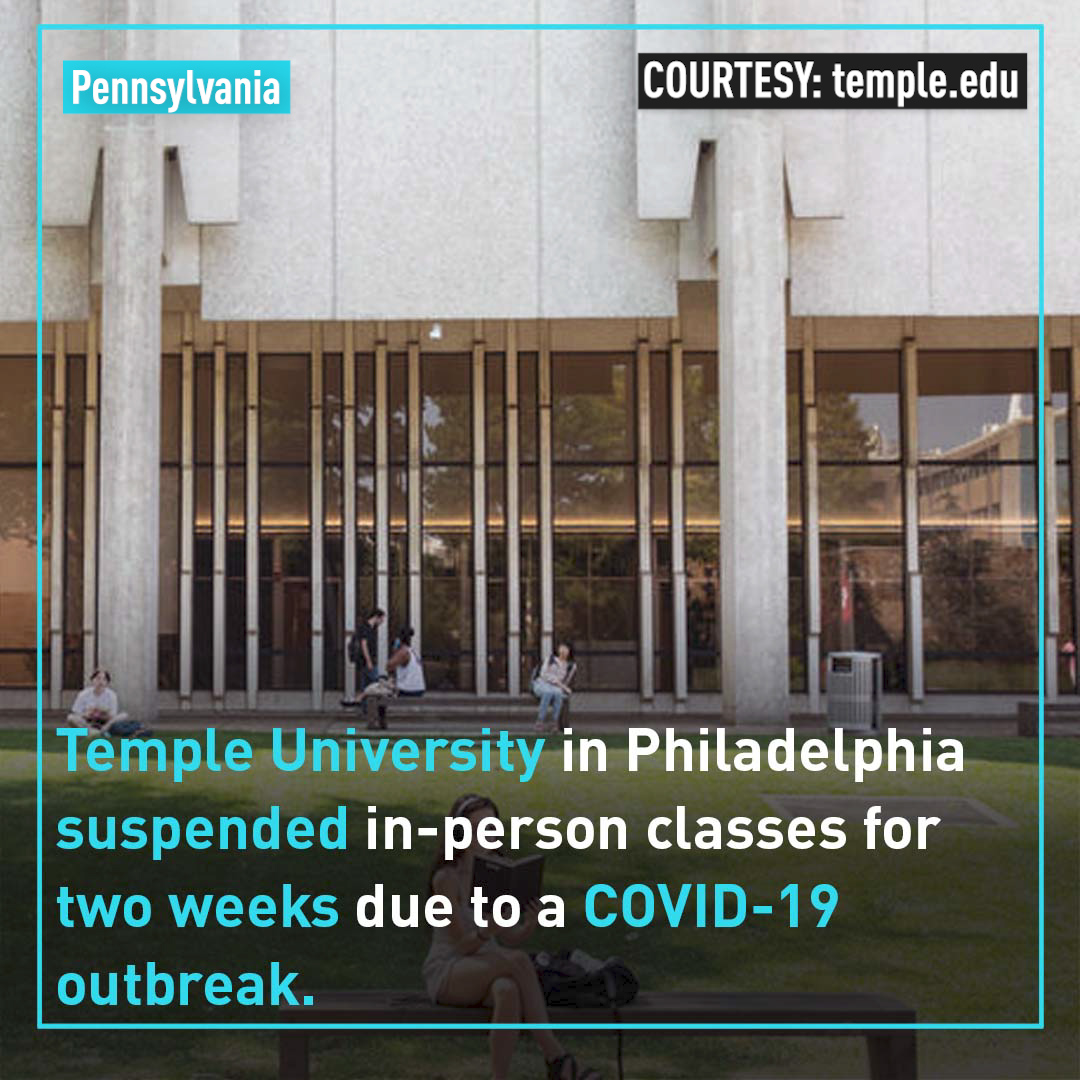
The University of Dayton in Ohio will continue online for at least two more weeks as the school has reached its level 4 'warning phase' after a sharp increase in coronavirus cases seen last week.
"We really needed to understand the extent of those clusters before we put the students in another kind of setting in classrooms with faculty and staff," said University of Dayton President Eric Spina.
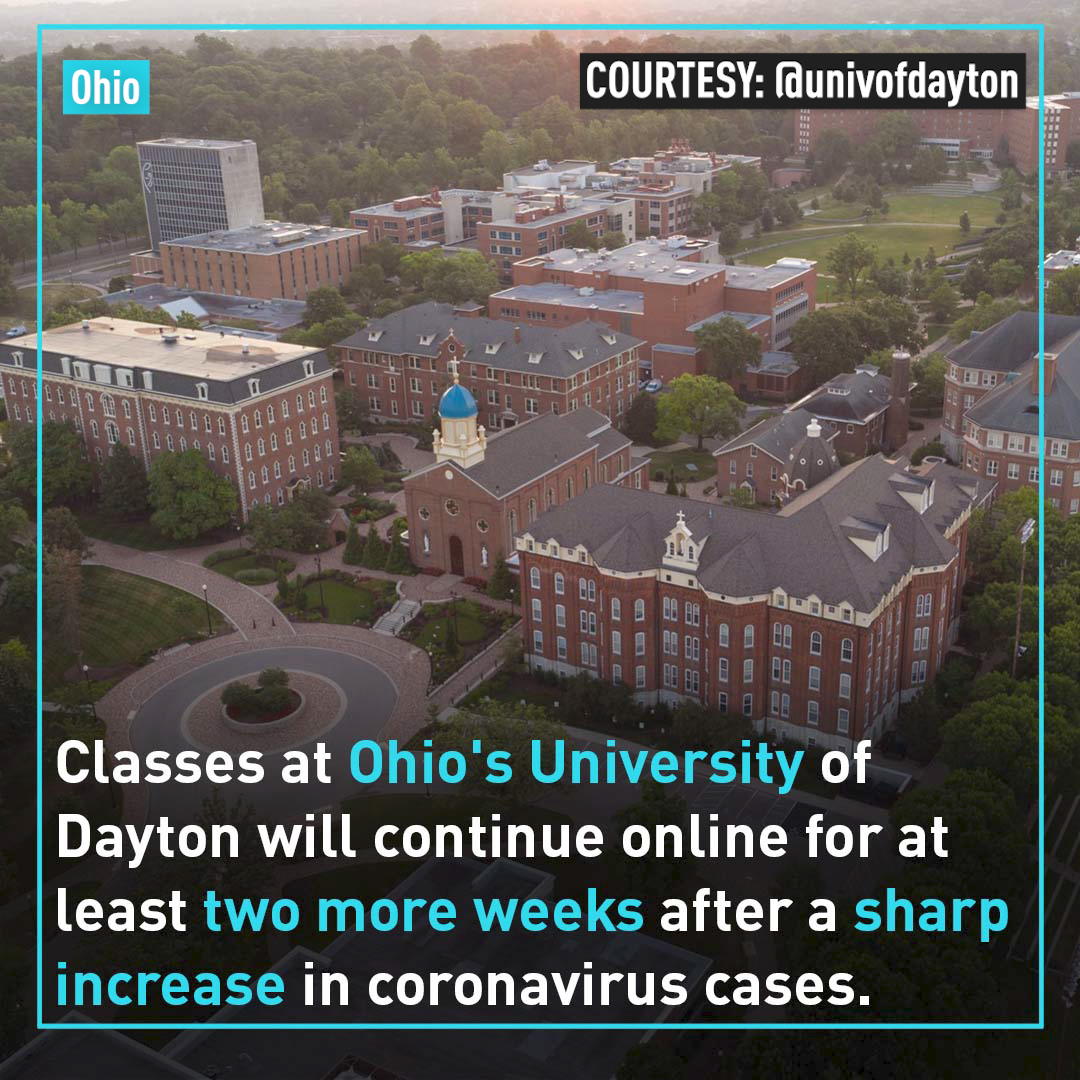
 简体中文
简体中文

